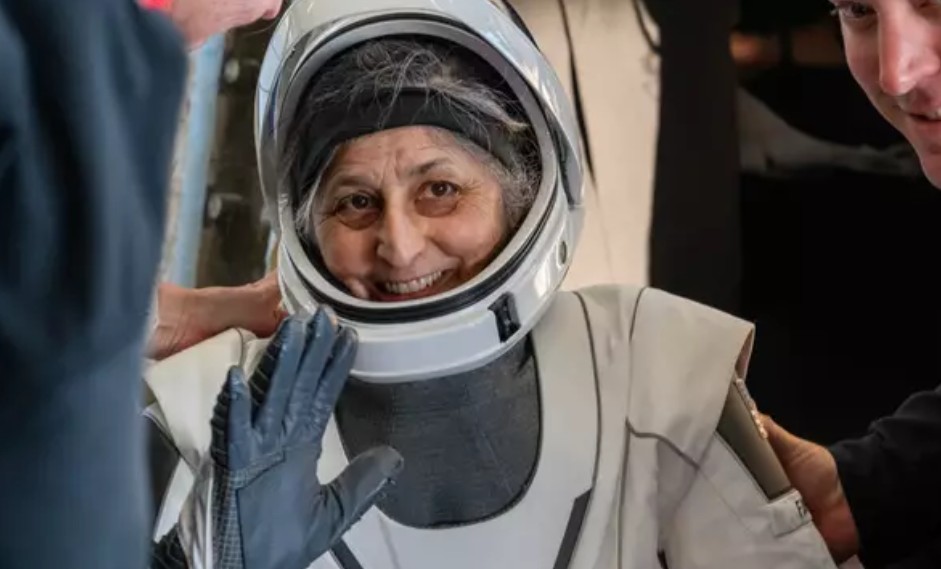After spending 278 extra days in space, NASA astronauts Butch Wilmore and Suni Williams may face lasting vision changes, according to eye expert Tina Patel.
How Space Affects Vision
In microgravity, fluids shift toward the head, increasing skull pressure—a condition called SANS (spaceflight-associated neuro-ocular syndrome). This can flatten the eye, cause optic nerve swelling (papilledema), and lead to blurred vision or long-term damage. Prolonged exposure to cosmic radiation may also accelerate eye aging.
Post-Space Recovery
Astronauts undergo eye exams, including OCT scans, to detect damage. Some recover with prescription lenses, while others require ongoing monitoring. NASA is testing countermeasures like lower-body negative pressure suits and specialized eye exercises to prevent these issues on future missions.
Lasting Effects
Recovery varies—some astronauts improve in weeks, while others experience symptoms for months or even permanently. Prolonged nerve pressure can lead to irreversible structural changes, raising concerns for deep-space missions. Understanding these effects is crucial for future Mars travel and similar Earth-based conditions.


Залишити відповідь